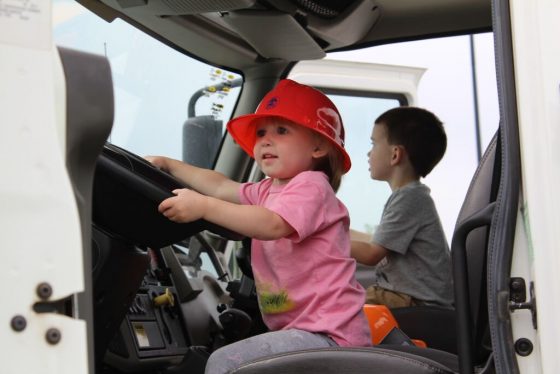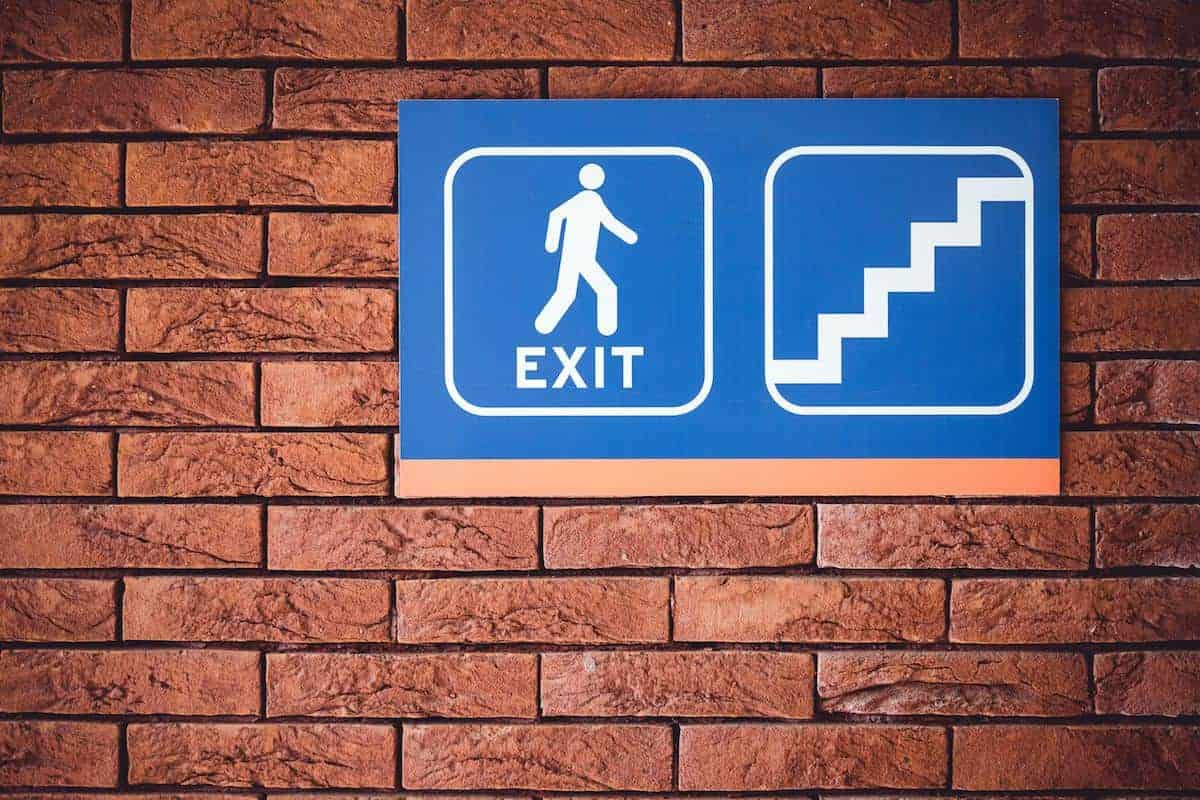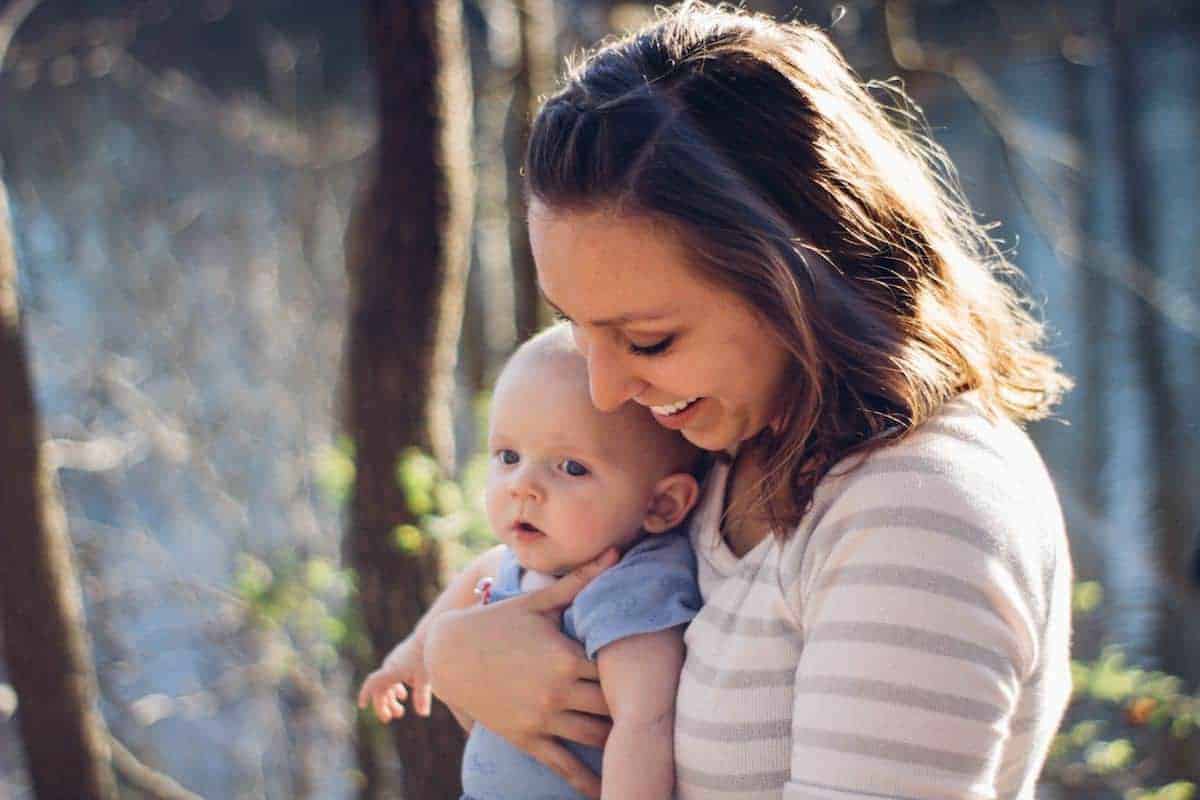Fires occur at all times of the day and night and they do not discriminate between socioeconomic class and status. They sometimes strike without warning or reason, so the best way to prevent fires in your home is to teach your children about why fires may happen and emphasize how dangerous and sometimes deadly they can be. Instead of lecturing your children about fire prevention and safety, get them interactive in learning through activities and conversation.
Here are some tips for teaching your kids about fire prevention and safety.
1. Have conversations with your children

In every household, children should be educated about fire prevention and safety. These conversations should entail common and uncommon ways that fires take place. Emphasize to your children that leaving flammable objects such as newspaper and plastic on top of a gas stove or playing with lighters are very common ways that fires can occur. Explain to them that exposed wires and using extension cords are somewhat uncommon causes of fires.
Fire Safety Facts as provided by Education World:
- Each year more than 4,500 Americans die and more than 30,000 are injured in fires. Many of those could have been prevented through education.
- Fire travels fast! In less than 30 seconds, a small flame can spread into an out-of-control fire. It takes only a few minutes for thick black smoke to fill a home.
- Fire is hot! The temperature of fire at floor level can be a hundred degrees and rise to above 600° at eye level. Because of this extreme heat, breathing it can scorch your lungs.
- Fire is dark! When a fire starts, it’s initially bright but as it produces smoke it can cause complete darkness. If you wake up during a fire you may be partially blind, disoriented, and unable to find a way to get out.
- Fire is deadly! More people die from smoke and toxic gases than flames. Because fire uses the oxygen you need and produces smoke and toxic gases, it can become deadly within minutes.
2. Develop an Escape Plan

You should always prepare your children in case of a fire. An escape plan should be routinely practiced and organized until it becomes a well-known routine. Once you develop an escape plan, make sure it’s a clear path. That way in case of an emergency, you’re not slowed down by moving things out of the way. Children should have an understanding of what they need to do in case a fire occurs. These routines and plans should include unexpected areas and backup plans in case a fire starts in places that were not rehearsed. In case a backup plan needs to go into effect, continue practicing it routinely and quiz your children frequently so that they are prepared if and when the time occurs. If your child is staying at a family member or friend’s house, make sure you find out if a fire escape plan is in place.
The National Fire Protection Association has created a great How to Guide for creating a fire escape plan. It outlines step by step how to create it and it’s a great activity to get your kids involved in.

3. Discuss Fire Prevention Tools
Ensuring that there are smoke detectors and fire extinguishers in every room will ensure that individuals are not only alerted of the emergency but that they have a battling tool they can utilize if need be. Smoke detectors should be placed in rooms where there are appliances or other applications known to cause fires. Make sure that smoke detectors are outside every bedroom and in the hallways. And instill in your children the importance of having such tools in your house. It’s always a wise idea to have backup batteries for fire detectors on hand at all times. If there’s no escape route or fire extinguisher available, children should be taught how to dial 911 by using a touch-tone phone.

4. Stop, Drop and Roll

The idea of ‘stop, drop and roll’ has been something we have been taught since we were little kids, and this same technique exists even today. Parents don’t want to have to think of the scenario where their child is on fire, but we must teach them the right maneuver of how to stay calm and stop the fire by rolling on the ground. It’s also a smart idea to teach your child about types and degrees of burns and how to treat them.
Types of Burns
First Degree Burns cause minimal skin damage. They’re also referred to as “superficial burns” because they typically affect the outermost layer of skin.
- Signs and Symptoms: redness of the affected area, swelling, pain, and dry peeling skin
- Treatment: These types of burns can usually be treated at home. Run cool water over the affected area for five minutes, use pain medicine if needed and apply aloe vera gel or antibiotic ointment to the area and cover with loose gauze to protect the area.
Second Degree Burns are more serious and the damage to the skin extends beyond the top layer of skin. These burns can cause the affected area to blister and become extremely sore.
- Signs and Symptoms: blisters, redness and extreme soreness of the affected area
- Treatment: These types of burns can also be treated at home, except on rare occasions if the area gets infected. Run the burned area under water for a minimum of 15 minutes, take over-the-counter medicine for pain and generously apply antibiotic cream on blisters. If the burns affect a widespread area of the face, hands, buttocks, groin or feet, seek emergency treatment.
Third Degree Burns are the worst burns and cause the most damage because they extend through every layer of skin. Such damage can reach the bloodstream, major organs, and bones which could ultimately lead to death.
- Signs and Symptoms: With the extent of damage this type of burn can cause, an individual who has received this type of burn may not feel pain because the nerves are severely damaged. These types of burns look waxy and white, charred, dark brown or raised and leathery.
- Treatment: With this type of burn, one should never attempt to self-treat a third-degree burn. Call 911 immediately and while you’re waiting for help, it’s important to raise the burned area above your heart. There is no timeline of how quickly a third-degree burn heals.
Teaching your children about fire safety and prevention should be considered a top priority in every household. These fire prevention and safety tips are designed to help you talk to your children in a non-threatening manner about the potential dangers of fire and the effects it has on them and the home. Practicing these safety tips routinely can mean the difference between life and death.
For more ways to protect your children, check out What we Don’t Know: Social Media and Teens.
Photo credits: Sarah McCosham, Kristen Lee Dougles, SmartSign, National Fire Protection Association, Tom Sens, Bernard Hermant on Unsplash
Source: Education World, Healthline.com
This post is meant for educational purposes only. It is not intended to replace medical advice from your physician, doctor or health care professional. Please read our terms of use for more information.








































